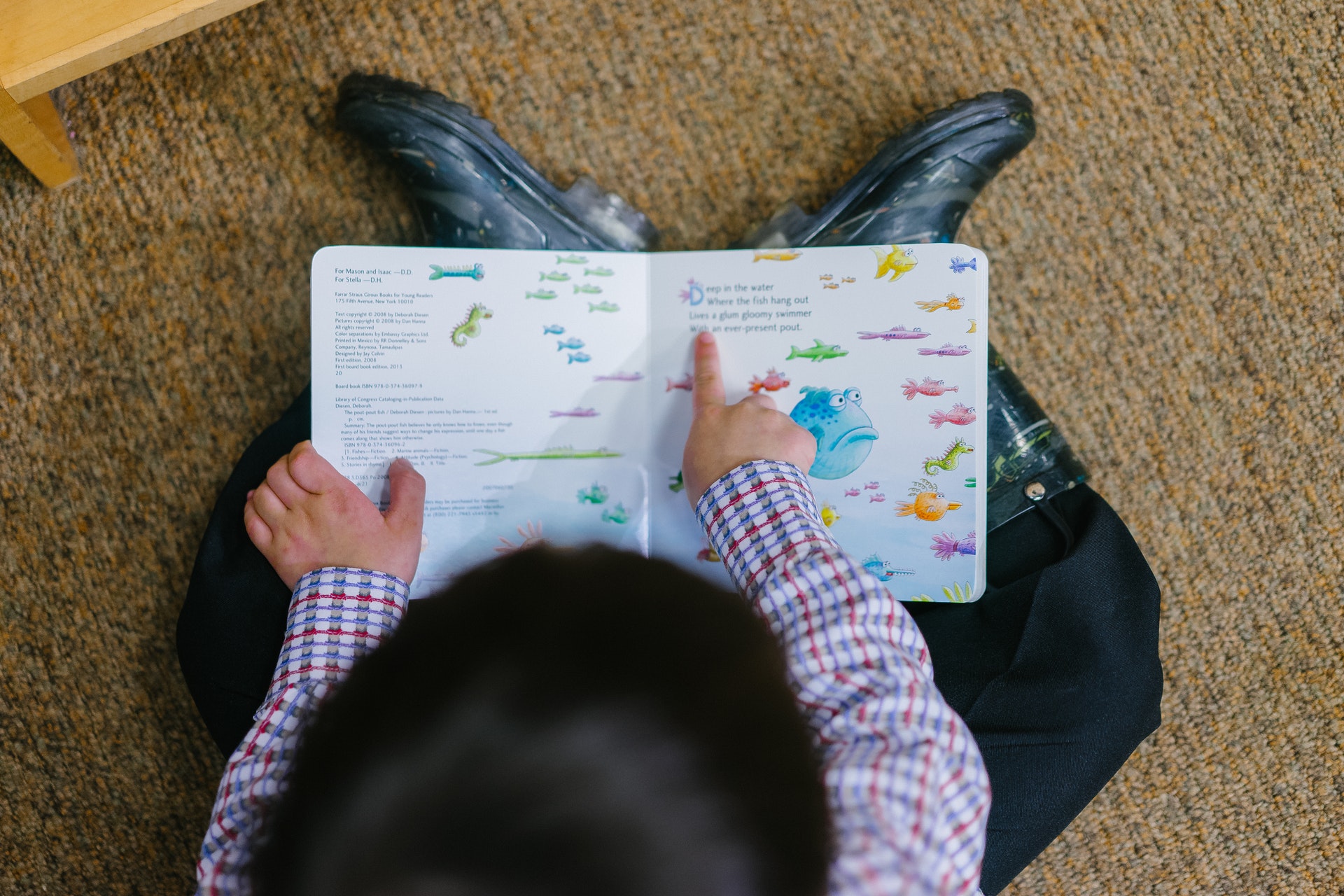Phonics for Toddlers

Before we can discuss why it is important for toddlers to learn about phonics, we need to learn what exactly phonics is. Phonics is knowing that sounds and letters have a partnership; aka it is the link between what we say and what we can read and write. Phonics is the first strategy that young readers will need to sound out words. In preschool or nursery school, children begin to develop their listening skills so that they can tune in to the different sounds in words, laying the foundation to learn names and sounds.
The next step takes place in primary school, where children learn the letters of the alphabet in a set order, and the sound of each letter. Once that is learned, children can begin to sound out and read short, simple words. For example, children learn that the letter C has the sound of a “c” as in “cat”, and will then learn how to blend the remaining letter sounds, “c-a-t”, to pronounce the word.
Practice makes perfect, and after working with short and simple words, children’s confidence will grow and they will be able to make the connection of letter sounds to more complex words, all while enjoying a new love of reading. Below is a list of “buzzwords” to help you on your way to teach your child to read.
Phonics: using the sound made by a letter and groups of letters to read words.
Decoding: using the knowledge of phonics to sound out and read words.
Grapheme: a written single letter or group of letters, like “s”, “a”, or “she”.
Diagraph: two letters that make one sound together, for example “sh”.
Phoneme: the sound a letter or group of letters make. An example is the word “mat”, which has 3 phonemes, “m”, “a”, and “t”.
Sounding Out: using your phonic knowledge to help you say the sounds within a word; e.g., “r-e-d”, pronouncing each phoneme.
Blending: reading the sounds in the word all together to read the whole word; e.g., “r-e-d, red” or “m-o-m, mom”.
High-Frequency Words: also known as “common exception words”, we use these common words often, but aren’t always decodable using phonics. Examples of high-frequency words are, “the”, “one”, and “where”; children are taught to recognize these words on sight.
In school, teachers give children plenty of time and practice when working with phonics. Working with phonics in my classroom, children read short, easy books, containing a particular letter sound or words they are working on, allowing them to build knowledge and confidence towards phonics. As a parent, it can be a bit of a puzzle trying to work out the best ways to support your children in the early stages of reading, especially since teaching methods are always changing, and are sure to have changed since you were in school! Learning about phonics does not have to start and stop within the walls of the classroom. As a teacher, I have come up with several ways to work on phonics with your child from the comfort of your own home. Some of those ways are:
- Form a partnership with the teacher
Ask your child’s teacher how you can highlight reading and phonics inside the home and feel free to express any concerns you may have.
- Listen to your child read
If you notice when reading with your child that they stumble on a word, encourage them to use phonics to sound it out. If they are still unsure after sounding the word out, don’t be discouraged, provide the word and some encourage to your child to get the next one right!
- Boost comprehension
When reading with your child, take breaks from the story to ask questions like, “What do you think will happen next?” or “Can you make up a different ending to the story?”
- Reread familiar books
If you notice your child wants to reread their favourite book, that’s okay! In fact, it’s beneficial as it shows a desire to read, builds fluency, and builds confidence in your child as they can demonstrate reading on their own with little to know assistance.
- Read aloud
When choosing a book to read, choose a book that excites your child and their interests, and, if you can, use different voices for each character!
- Spread the joy of reading
Keeping plenty of books and/or magazines around the home will show your child how valuable reading is, while cultivating a lifelong love of reading
Once your child has learned to read words with the most common letter-sound combinations, they will move on to learn other, harder combinations. With daily practice, your child will be well on their way to reading pretty much any familiar word in the English language! Teaching children is not a simple task, and if after reading these steps you’re left feeling a little overwhelmed, no need to worry, I have a solution for that too! Click the link below to see how Sarah Shepard, a fellow teacher, has taught over 35,000 children how to read with her program Reading Head Start!